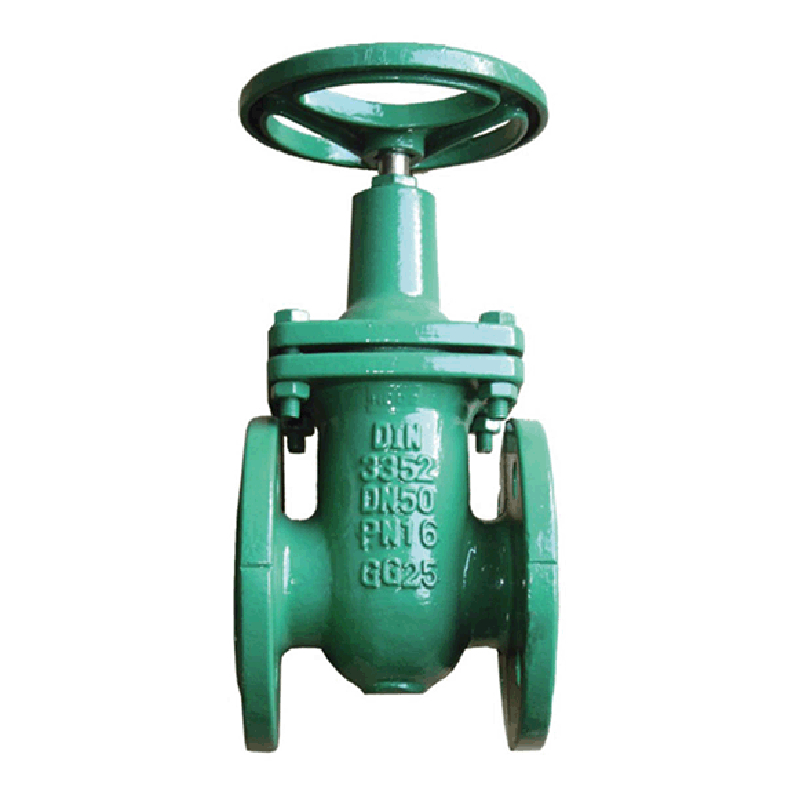Nov . 15, 2024 11:10 Back to list
ball type foot valve
Understanding Ball Type Foot Valves Features and Applications
In the world of fluid mechanics and engineering, valves play a crucial role in controlling the flow of liquids and gases in various systems. Among these, the ball type foot valve stands out for its unique design and functionality. Typically used in sump pumps, water well pumps, and various industrial applications, the ball foot valve serves as a check valve, allowing fluid to flow in only one direction while preventing backflow.
What is a Ball Type Foot Valve?
Essentially, a ball type foot valve consists of a spherical ball seated in a valve body, which opens and closes based on the flow of fluid. The ball is held in place by a spring or gravity, depending on the design. When fluid enters the valve from the inlet side, the pressure pushes the ball away from the seat, allowing the fluid to pass through. Once the flow ceases or diminishes, the ball falls back into its seat, effectively blocking any reverse flow and maintaining the prime of the pump.
Features of Ball Type Foot Valves
One of the most significant advantages of ball type foot valves is their simplicity and reliability. The design minimizes the chances of mechanical failure since it contains fewer moving parts than other valve types. Moreover, the ball creates a tight seal, which reduces the risk of leaks and improves efficiency. The materials used in constructing these valves, such as stainless steel, plastic, or brass, contribute to their durability and resistance to corrosion, making them suitable for various fluid types, including fresh water, salt water, and even chemicals.
ball type foot valve

Another notable feature is the ease of installation and maintenance. Ball foot valves can be easily integrated into existing systems, requiring only minimal modifications. Additionally, many designs include a screen or strainer that prevents debris from entering the pump, reducing wear and tear, and prolonging the lifespan of the system.
Common Applications
Ball type foot valves are widely used in both industrial and residential settings. In residential applications, they are often found in water wells and sump pump systems. By preventing backflow, these valves help maintain the water levels required for efficient pumping, ensuring that the system operates smoothly without interruptions.
In industrial contexts, ball foot valves are used in various processes, including irrigation systems, chemical processing plants, and wastewater management. Their ability to handle different types of fluids makes them highly versatile. Moreover, in the petroleum industry, these valves find applications in oil well pumps, aiding in the extraction of crude oil while preventing backflow and contamination.
Conclusion
In conclusion, the ball type foot valve is a critical component in fluid control systems, offering numerous advantages through its simple yet effective design. Whether used in a home water system or large-scale industrial applications, these valves provide reliable functionality, minimizing the risk of backflow and ensuring the efficiency of pumps. As technology continues to advance, the design and materials used in ball type foot valves may evolve, but their fundamental role in fluid dynamics will remain essential. Understanding the features, benefits, and applications of these valves is crucial for engineers and homeowners alike, ensuring optimal performance in fluid management systems.
Share
-
Reliable Wafer Type Butterfly Valves for Every IndustryNewsJul.25,2025
-
Reliable Flow Control Begins with the Right Ball Check ValveNewsJul.25,2025
-
Precision Flow Control Starts with Quality ValvesNewsJul.25,2025
-
Industrial Flow Control ReliabilityNewsJul.25,2025
-
Engineered for Efficiency Gate Valves That Power Industrial PerformanceNewsJul.25,2025
-
Empowering Infrastructure Through Quality ManufacturingNewsJul.25,2025